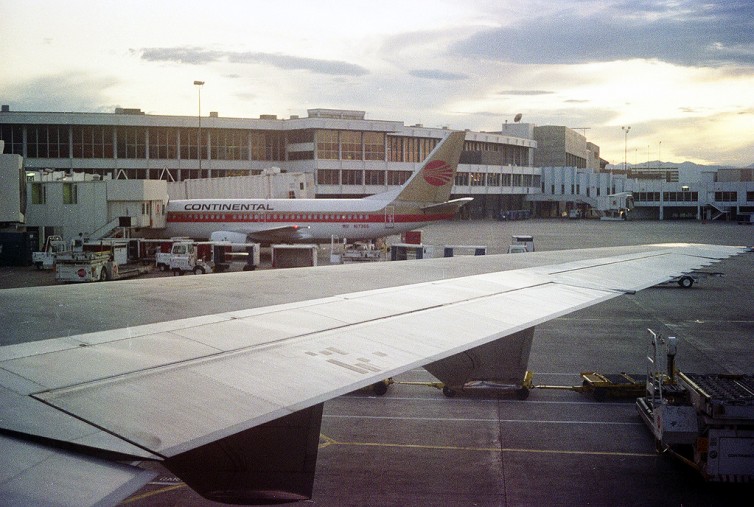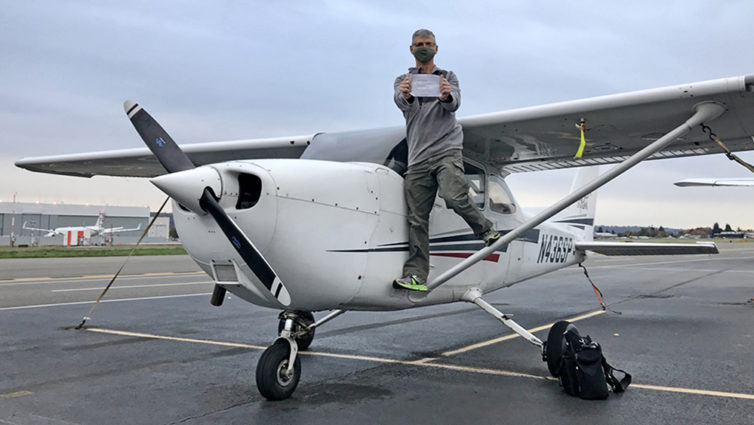
Success! I finally earned my private pilot certificate!
This is a continuation of my multi-part series on learning to fly. You can read the whole Fly With Francis series here.
After a year and a half of concerted effort, I’ve finally completed my initial training and earned my private pilot certificate in early November. It’s a great feeling!
For those who’ve been following along on my adventures at Galvin Flying, it’s been a long process of successes and setbacks, many of which were weather related because I live in the Pacific Northwest, where the local joke says that it only rains once a year it starts raining in late October and stops raining on July 5 (it always seems to rain on July 4).
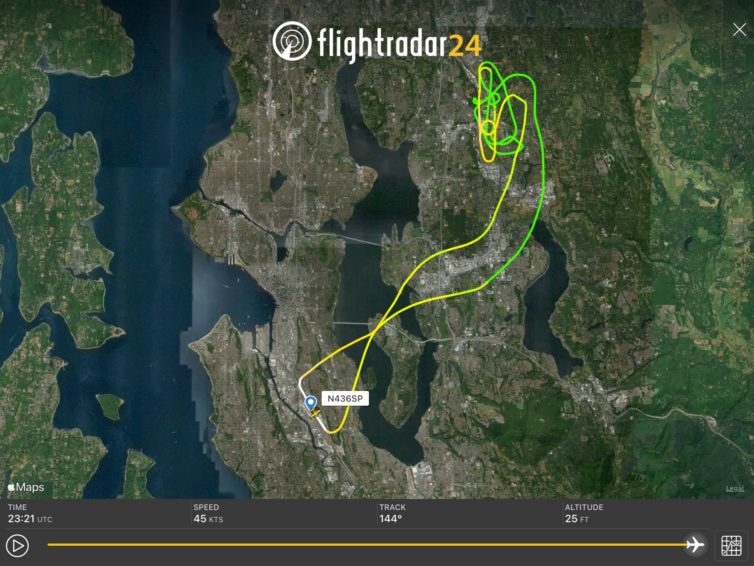
In case you ever wondered what the track of a checkride looks like, here you go. Screen capture courtesy FlightRadar24
Anyway, I did several mock checkrides in the weeks leading up to the actual FAA one, and had to complete Galvin’s end-of-course checkride before that. The end-of-course checks are designed to be more difficult than the actual checkride to ensure that pilot candidates are as prepared as possible.
The FAA examiner, also known as a designated pilot examiner or DPE, selects from a long list of information and flight maneuvers for the actual checkride known as the Airman Certification Standards. The check airman who oversees the end-of-course checks runs through the entire list to be sure you’re ready.
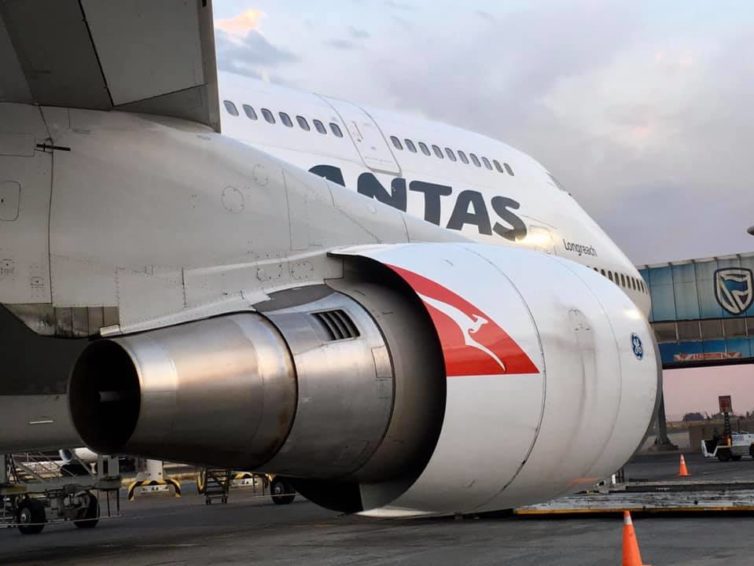
A beautiful Qantas Boeing 747-400 – Photo: Owen Zupp
This is a guest post written by Owen Zupp, who has previously written a few great stories on AirlineReporter. Zupp’s background ranges from charter work and flight instruction to ferry flights, flight testing, and he has served as both a Chief Pilot and Chief Flying Instructor. With over 25 years in airline operations, Owen has flown both domestically and across the globe from his Australian base. He holds a Masters Degree in Aviation Management and his writings on aviation have been published around the world and received various accolades and awards. He is also just a cool guy! -Editor
When it comes to the QANTAS Boeing 747, as the Beatles famously sang, ’œI heard the news, today. Oh boy!’ ’¦. although not officially. There may be life in the old girl yet.
The news broadcasts were showing footage of the ’œQueen of the Skies’ making a flypast of Sydney Harbour, proclaiming that it was the final commercial service for the 747 in QANTAS colors. Meanwhile, my website and phone were bombarded with a common theme, ’œIs it true?’ To be honest, I believe that it is highly likely, although I am yet to see an official announcement.
Since the commencement of the Stand Down, I have doubted whether the QANTAS 747 would return into commercial operations when the pandemic has passed. It has been a fine servant to the airways and all that it has safely conveyed, however, its planned retirement was well underway, before Covid-19 ever took its vile grip on the world. Still, there is no official statement to say that the 747 has retired from commercial service with QANTAS. Even so, it seems an opportune time to reflect on ‘the Queen”, as she is set to be on the ground for the time being.
I’m an unabashedly proud airline brat. My father was an airline pilot for all of my childhood and continued into some of my adulthood. Even though he was the employee, my parents raised me and my siblings to feel pride in our membership in the airline family. I have found that my experiences are similar to many others who also had a parents flying commercial planes.
Here are a few reasons why I loved growing up in an airline family, even if I spent half of my childhood prior to turning twelve sitting in concourses of Denver’s old Stapleton International Airport.
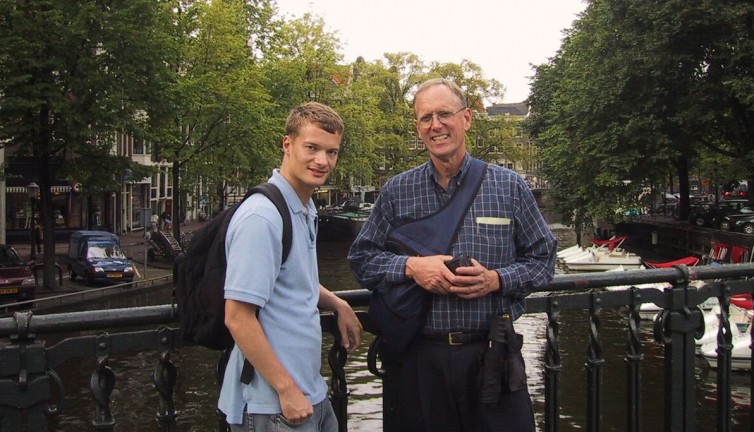
My dad and me on one of our adventures, in Amsterdam – Photo: Steve Petersen
1. The excitement of the airport
Most people feel dread when heading to the airport for many reasons. Lines. Stripping down for security. Lines. Delays. Crowded corridors. Expensive food and stores. Did I say lines?
However, growing up as an airline pilot’s son helped make the airport exciting. Which planes — the vast majority of which I could identify — would I see? Where would flights go? Would my parents take us down to the crew lounge or airport employee cafeteria where the other travelers couldn’t go?
That is geeky, but I even talked my dad once into spending a day to fly to Denver’s then brand-spanking-new airport just to explore it. You know I’m an AvGeek when I once took a date to watch planes takeoff and land at a park near a major airport’s runway (sadly that relationship didn’t work out — but I don’t blame the planes).
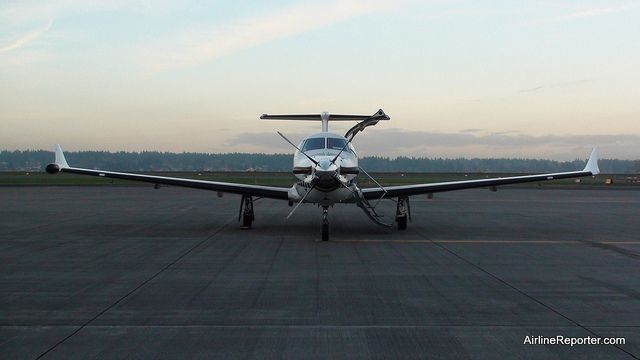
SeaPort Air Pilatus PC-12 parked at Portland
This story was originally published on NYCAviation.com and shared with permission.
The more hours you have in your logbook, the cleaner your shirt is. By the time a pilot gets to the captain’s seat at a commercial airline, he or she has spent years wearing a white shirt while doing blue collar work, but their passengers will never know to what extent. Blue collar is not the image the public sees. What they see is a white uniform shirt with icons and symbolism dripping from the pilot’s shoulders and chest announcing experience, but it really represents the unglamorous hours spent behind the scenes, drenched in fuel, coffee, oil, and blue juice.
From the first flight lesson to pre-flighting a heavy, pilots get used to wearing (and avoiding) petroleum products. Sumping fuel tanks, wiping dripping brakes, checking hydraulic and oil levels, and brushing up against leading edges smashed with bug guts all while keeping a white shirt clean is a learned talent; by the time pilots start flying corporate, they have it perfected.
Corporate passengers don’t realize that it’s sometimes one of the pilots who had to jump on a tug and move the aircraft out of the hangar onto the ramp. In the winter, pilots have also shoveled and plowed snow in front of the hangar. Then, the pilots have not only pre-flighted and prepped the aircraft, checked the weather, filed a flight plan, made the coffee, loaded the ice, soda, snacks, newspaper, magazines, and catering, but they’ve also cleaned the wastebaskets, checked the lavatory blue juice levels, and made sure there was enough toilet paper. Very glamorous.
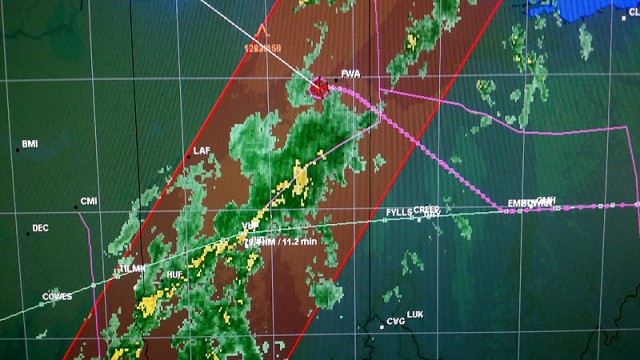
An example of Dispatcher-suggested storm deviation. The green line shows the planned route, and the pink indicates the path actually operated to steer clear of the weather
Story written by Phil Derner with NYCAviation.com…
I have a love-hate relationship with thunderstorms. As a Dispatcher, thunderstorms bring what I feel is the biggest challenge to the job. It is also a Dispatcher’s time to shine and when their pay check is truly earned, making the job fun, rewarding and incredibly satisfying.
The level of challenge sometimes surprises many people because thunderstorms have a relatively short life. Snowstorms present some challenges, but when a blizzard is present, if conditions are that bad, the airport will often shut down in advance or the airline will have canceled enough flights to where the dispatch workload is lighter. Snowstorms are easier to predict and sit over an airfield for a long period of time, so when you can’t get in, you know you’re done for a while. Thunderstorms, on the other hand, tend to pass through a location in about 20-30 minutes. Though fast-moving (average from 25-40mph, or faster!) there are multiple influences that affect the growth, dissipation and speed of the storm, making predicting the time of the storms arrival very challenging. Not to mention that storm cells may be in clusters, where an airport can receive a torrential downpour, while a neighboring town a few miles away can be dry as a bone. Try forecasting that 8 hours out!
Continue reading Lesson in Safety: How Airlines Deal with Thunderstorms



